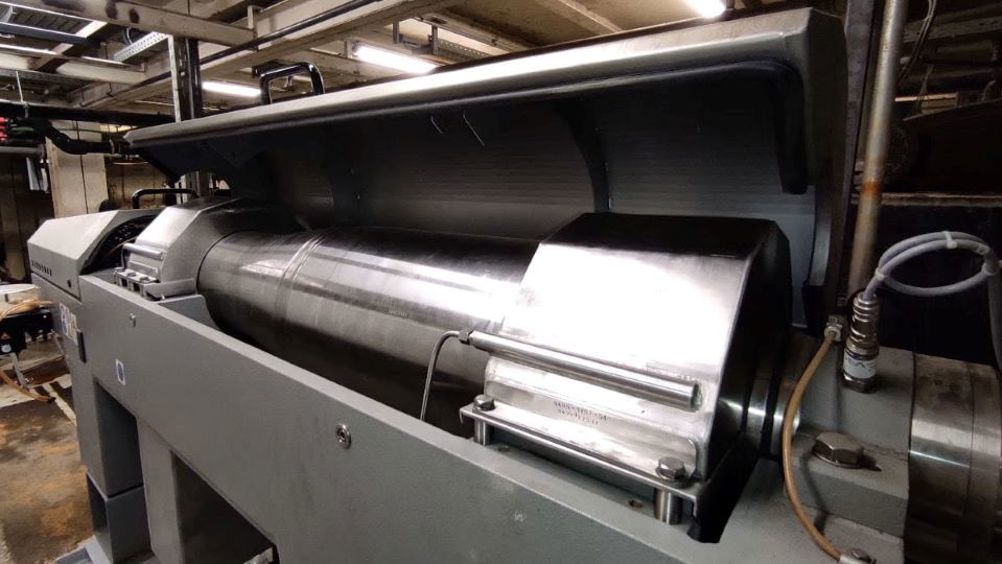GEA has supplied ferroDECONT with a decanter for the treatment of contaminated soils. The GEA decanter first separates the precipitated copper from water, after which the solid phase can then be recycled.
This form of remediation is used successfully close to the Vienna-Schwechat Airport where ferroDECONT had provided its treatment technology. Dredged, contaminated soil is transported to this plant and washed with water. The contaminated soil is watered and pumped through plastic pipes. These tubes contain zero-valent iron granulate, about the size of a peppercorn, which acts as an electron donor and reduces higher-value pollutant compounds through oxidation. The aim is to reduce the toxicity of the compounds or to convert them into non-toxic compounds.
The final step in the process is to separate copper from the water. This is done using the GCD 345 decanter from GEA. The continuously operating centrifuge with a horizontal solid bowl was specially selected to meet the requirements for maximum efficiency. The rotating parts of the decanter are made of duplex stainless steel. Separation with the GEA decanter results in a copper solids phase in addition to the water, which can be recycled in the sense of closing the cycle. The decanter centrifuge chosen for this separation task was selected because of its reliable and continuous operation. An efficient separation of water from the solids, a closed system with high security for operation and environment as well as its small footprint are achieved.







